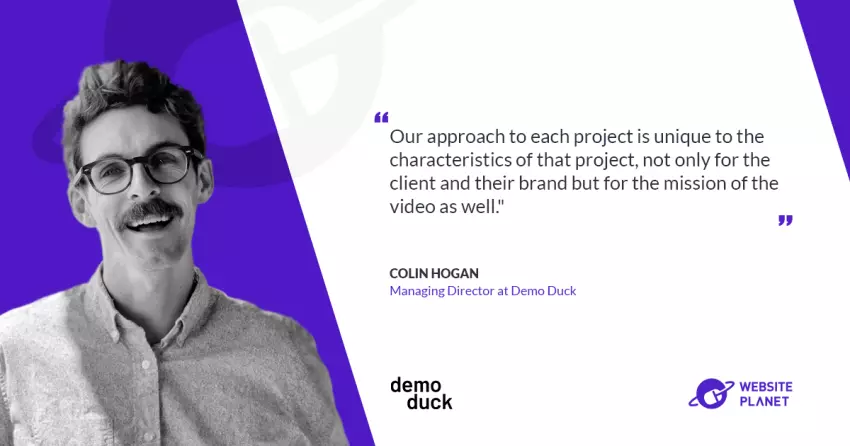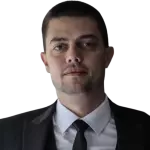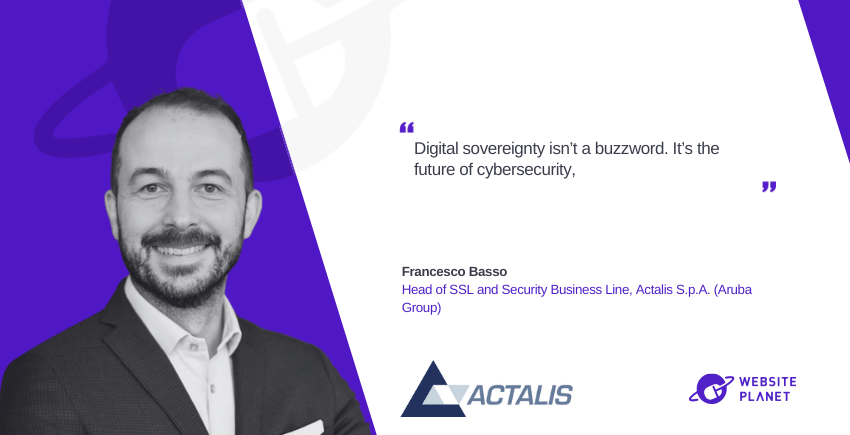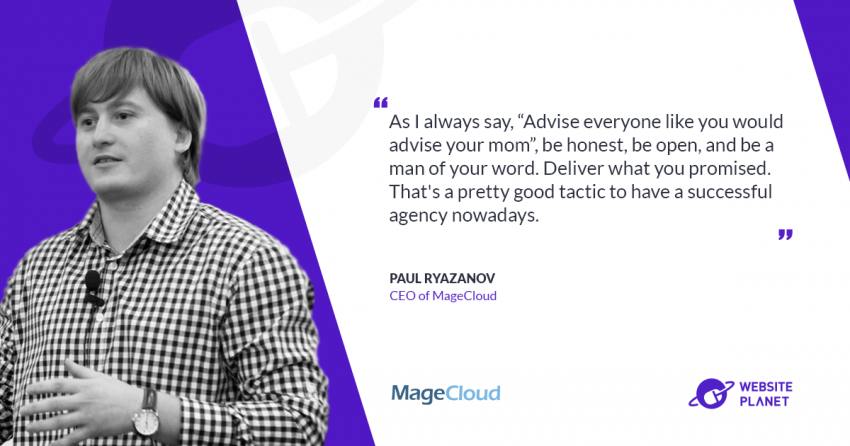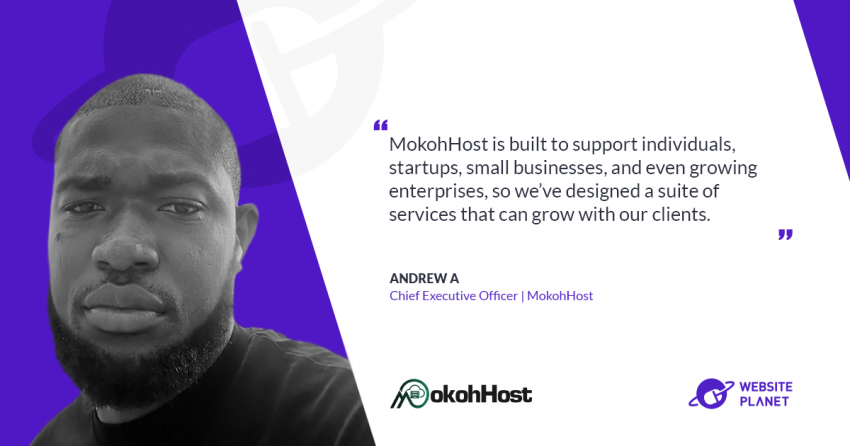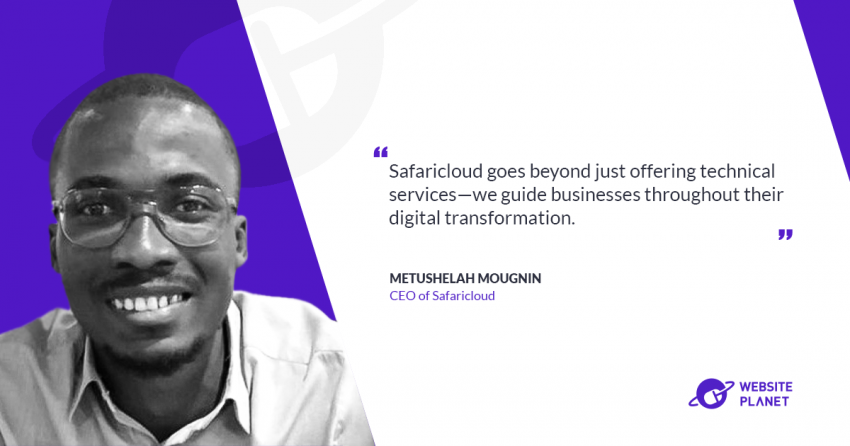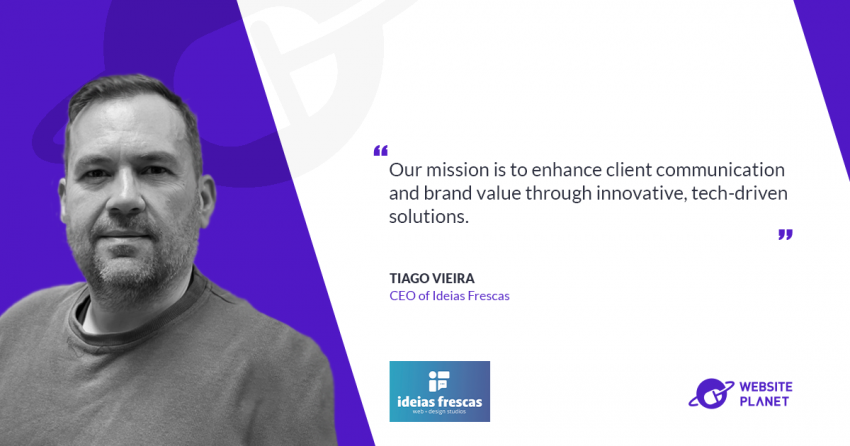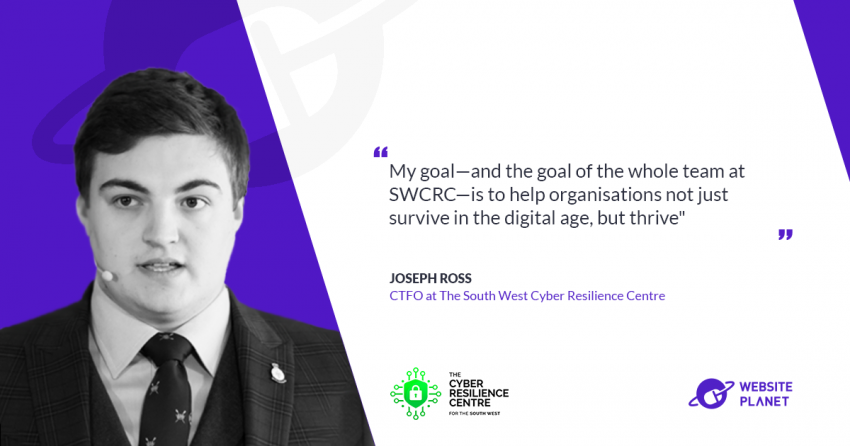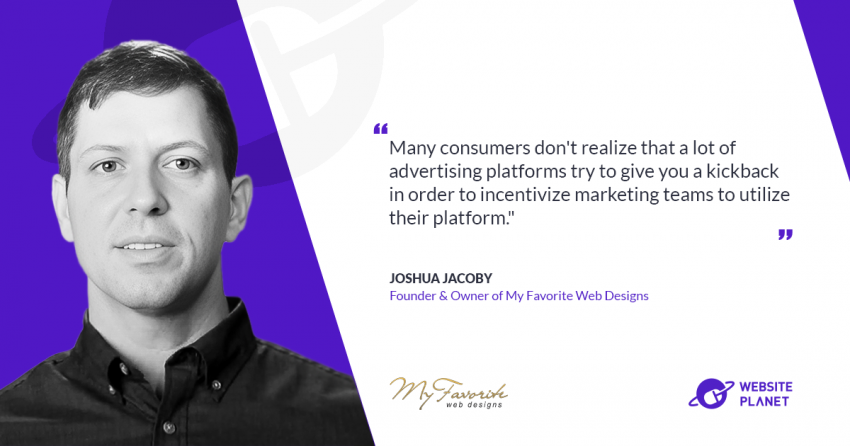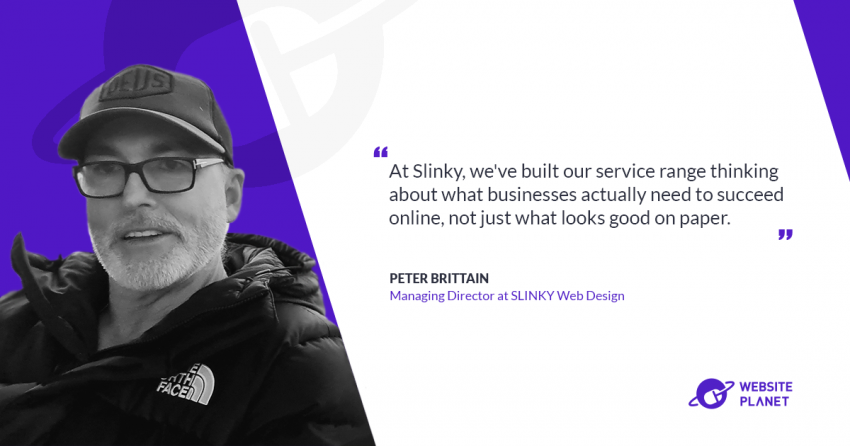How was Demo Duck founded and can you give us a brief overview of the company?
Demo Duck was founded in 2011 by Andrew Follett, who began making demo videos in his spare time (and in his spare bedroom) but soon saw an opportunity to make it a full-time business as animated explainer videos gained popularity. From there, the company kept growing, both in the size of the team but also as it pertains to the versatility of the work we produced for clients. As more ducks were added, the team also started tackling live action videos, testimonials, commercial content, and educational videos, too. During that period of growth, I joined the company in 2014 and moved into the Managing Director position in 2017. Since I’ve been here, we’ve also been able to expand the type of clients we work with. In the beginning, our clients were primarily startups and small businesses, but it’s grown quite significantly in the past seven years, with us working on various video initiatives for larger organizations (product launches, training content, etc.) and creating entire video campaigns for mid-sized companies. Through internal discussions with the team, we’ve decided that we really appreciate the versatility of video styles we get to work on, as well as the clients we get to work with. This is reflected in our internal team makeup of folks with various talents (writers, designers, animators, producers, editors, directors, etc.) and is something we believe allows us to stand out in our industry, as we’re a creative video partner built for the long term.Can you talk a bit about the creative process that goes into producing an effective video?
For us, the early stages of a project are paramount. And that really starts with the discovery process and making sure we’re getting in the headspace of the audience, whether it’s internal or external folks, so we can best position the script and visuals to engage them effectively. This coalesces in the form of a few concepts that we pitch to the client—with us all settling on a clear and specific vision for the project. From there, it’s all about executing that vision, from scriptwriting to final sound design, with clarity, momentum, and excitement.You offer a wide plethora of production options, from educational video production to social media video content. What are some unique aspects of each one?
The way we approach educational video production is significantly different, as those projects are typically longer video series, both in the length of the videos as well as the number of videos, that really dive deep into complex topics. So, it’s even more important for us to get well versed in the topics we’re communicating to make sure we’re crafting the best scripts, animations (demoduck.com/animated-video), or on-camera performances that will lend themselves to a higher rate of content retention. A lot of that is in the “see-say,” and making sure that we’re helping our visual learners by showcasing information on screen when needed. For social media production, it’s really about finding ways to stand out visually and grab attention. Especially in the first few seconds of a video that users will likely see as it auto-plays, we want to make someone stop in their digital tracks to watch the video, or maybe be less eager to click the “Skip” button. Our approach to each project is unique to the characteristics of that project, not only for the client and their brand but for the mission of the video as well.Speaking of missions, can you share examples of when your videos accomplished their goals?
Of course! Though we’re not usually involved in the paid promotion strategy, the way we produce this content is centered around trying to yield the best results possible for our clients. A few past partnerships come to mind. Our explainer video for CrazyEgg was A/B tested against a page without the video. And even though the video’s message was similar to that of the non-video page, during the split-test the version of the page with the video in it generated 64% more conversions than the control. Also, our long-term partner Bionic tracked the success of our five videos we made for them using Wistia and discovered an average engagement rate across them of 71%—so folks that watched them stuck around for a long while. And, of course, there’s the views. Our videos have been viewed hundreds of millions of times. For example, throughout our video partnership with Sealed we created four videos with them, and they’ve now garnered over 10 million views (and counting). These were a mix of animated pieces and live action content—proving a sound video marketing strategy relies on variety and pointed messaging.What’s in store for the company going forward?
We’re really focused on growing our current client partnerships and entering into new ones with long-term potential. We’ve found that as we’ve gained more long-term partners, we’ve been able to create really efficient processes that result in highly creative productions, which also happen to be quite effective for our partners as well. We will also continue to grow our expertise as it pertains to educational video content, an area of passion for us, and me in particular. This includes enhancing our expertise with a few learning management systems, creating more interactive content, and building out entire course curriculums too. These efforts are all still related to video production, but they allow us to take a more holistic approach to creating the most effective educational content possible. And, last but not least, we always value being able to take on a good explainer video – demoduck.com/capabilities/explainer-video-production. So, if you’re in need of one, don’t hesitate to reach out!To learn more about Demo Duck, you can visit demoduck.com
